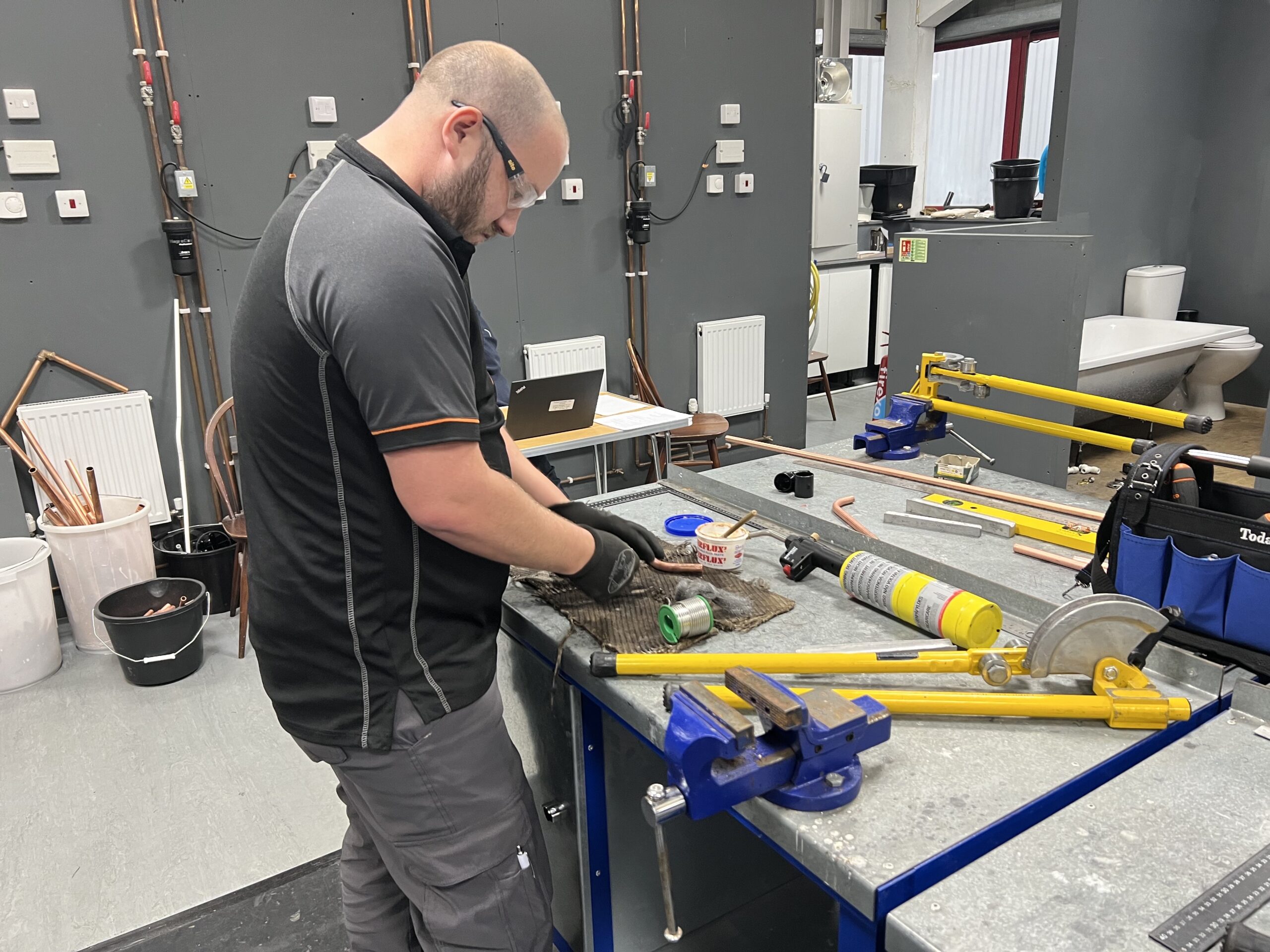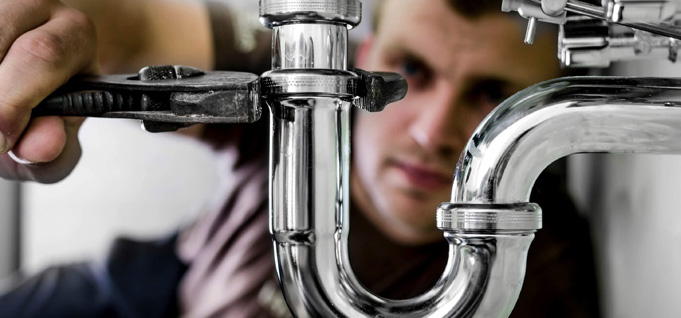Back to basics – Part P
Part P of the Building Regulations came into effect in 2005, covering fixed electrical installations in dwellings and associated buildings. Whether notifiable or not, these installations must meet the requirements of Part P to ensure safety and correct operation.
We deliver Part P courses to assist electricians and building services installers with Part P compliance. Here’s an overview of the Building Regulation, the electrical work it applies to and its’ requirements.
What type of electrical work does Part P apply to?
Part P covers electrical installations that operate at voltages not exceeding 1,000 a.c, ‘in or attached to a dwelling’, such as houses, maisonettes and flats. In flats, Part P also applies to the common areas, such as hallways and shared amenities (laundry rooms, gyms etc.)
Part P also applies to electrical installations in business premises that share an electricity supply with a dwelling, such as shops with flats above. Outbuildings, including detached garages, sheds and greenhouses are also covered, plus garden lighting, for example, located on land around a dwelling.
Some of this work may be notifiable, such as house re-wires, the installation of new circuits or additions to existing circuits in kitchens, bathrooms, outdoors and in ‘special locations’ (see below).
What are the requirements of Part P?
Installations compliant with Part P must meet the 17th Edition Wiring Regulations (BS 7671:2008), which cover the requirements for design, installation, inspection, testing, verification and certification.
Do all Part P installations need to be notified?
Most Part P installations do not need Building Regulations approval (i.e. notification to the local Building Control officer). Notification is only required if the electrical work involves one or more complete new circuits and is not being carried out by an electrical contractor registered with a Competent Persons self-certification scheme.
Non-notifiable Part P electrical work
- Replacing accessories such as socket-outlets, control switches and ceiling roses
- Replacing the cable for a single circuit only, where damaged, for example, by fire, rodent or impact
- Re-fixing or replacing the enclosures of existing installation components
- Providing mechanical protection to existing fixed installations
- Installing or upgrading main or supplementary equipotential bonding
- Work that is not in a kitchen or special location and consists of:
– adding lighting points (light fittings and switches) to an existing circuit
– adding socket-outlets and fused spurs to an existing ring or radial circuit
This work is ‘non-notifiable’ as long as replacement cables have the same current-carrying capacity, follow the same route and do not serve more than one sub-circuit through a distribution board. The circuit’s protective measures must also be unaffected.
Electrical work associated with gas-fired equipment, such as a combi boiler, must also comply with applicable legislation – such as the Gas Safety (Installation and Use) Regulations.
Special locations and installations
- Locations containing a bath tub or shower basin (such as a bathroom)
- Swimming pools or paddling pools
- Hot air saunas
- Electric floor or ceiling heating systems
- Garden lighting or power installations
- Solar photovoltaic (PV) power supply systems
- Small scale generators such as micro-CHP units
- Extra-low voltage lighting installations, other than pre-assembled, CE-marked lighting sets









